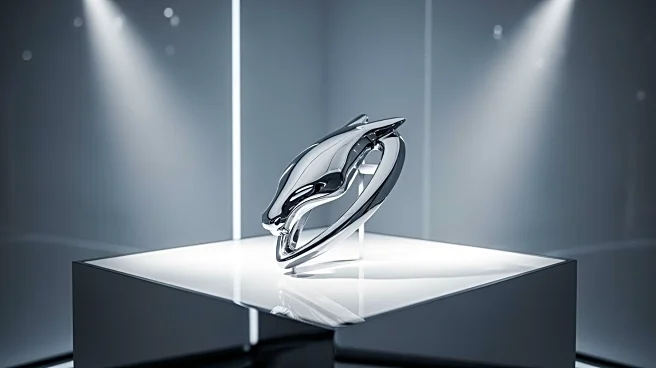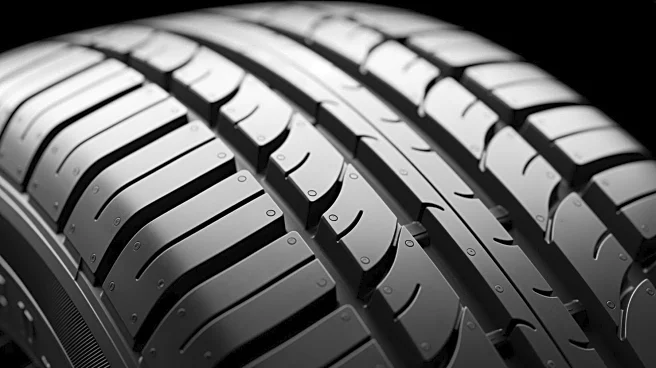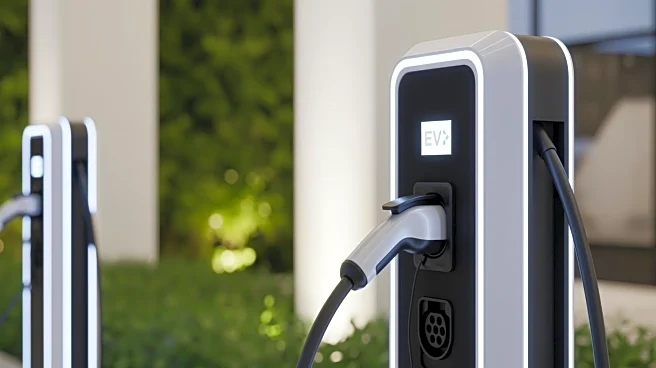What's Happening?
Mercedes-Benz's premium models, the GLB and GLA, have been criticized by owners for not meeting expectations, according to a review of Consumer Reports and owner feedback. Only 39% of GLB owners and 45%
of GLA owners expressed satisfaction with their purchases. The GLB is criticized for its cramped interior and harsh ride, while the GLA faces complaints about unstable electronics. These issues highlight a gap between the brand's promises of luxury and the actual user experience. The dissatisfaction is part of a broader trend where new car models, despite their innovative features, often face early 'teething problems' that affect owner satisfaction.
Why It's Important?
The criticism of Mercedes-Benz's GLB and GLA models underscores a significant challenge for luxury car manufacturers: maintaining brand reputation while introducing new models. The dissatisfaction among owners could impact Mercedes-Benz's market position, as potential buyers may opt for more reliable, older models or competitors' offerings. This situation highlights the importance of aligning marketing promises with the actual performance and reliability of vehicles. For the automotive industry, it serves as a reminder that innovation must be balanced with quality assurance to maintain consumer trust and brand loyalty.
What's Next?
Mercedes-Benz may need to address the issues raised by owners to prevent further damage to its reputation. This could involve improving the design and functionality of future models or offering solutions to current owners. The company might also need to enhance its quality control processes to ensure that new models meet the high standards expected by consumers. Additionally, the feedback could influence the development of upcoming models, prompting a focus on reliability and user experience.
Beyond the Headlines
The dissatisfaction with the GLB and GLA models reflects a broader trend in the automotive industry where consumer expectations are increasingly shaped by marketing and brand reputation. As consumers become more informed and vocal about their experiences, car manufacturers may face greater scrutiny and pressure to deliver on their promises. This could lead to a shift in how companies approach product development, emphasizing transparency and customer feedback in the design process.











